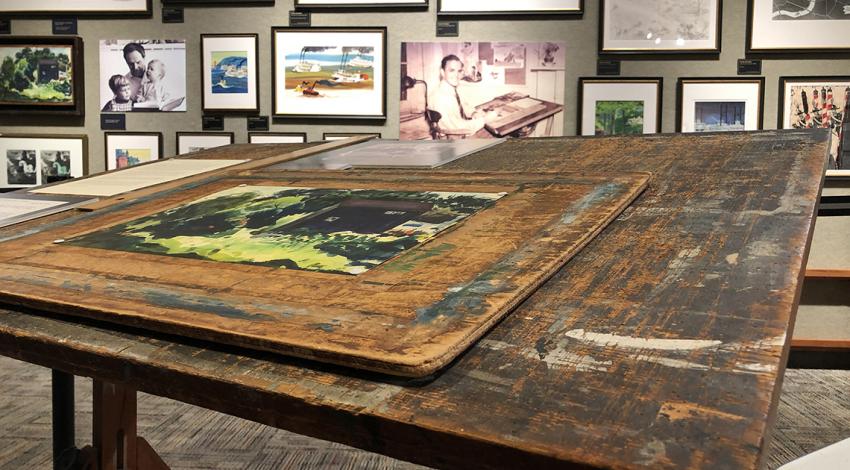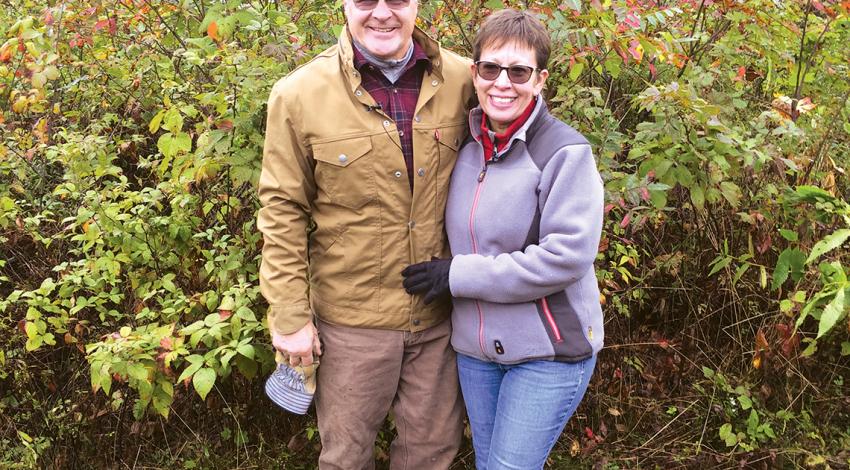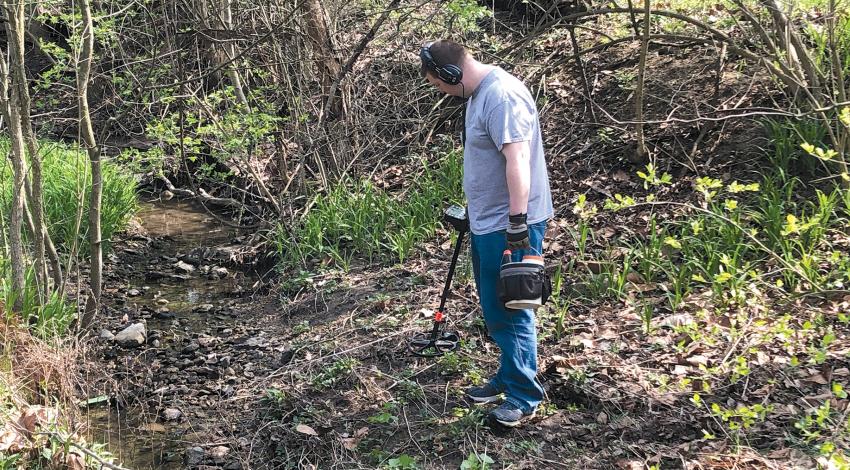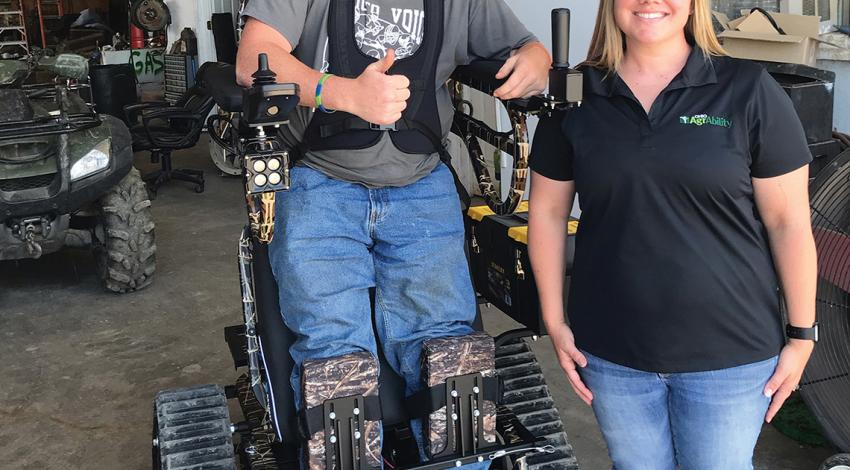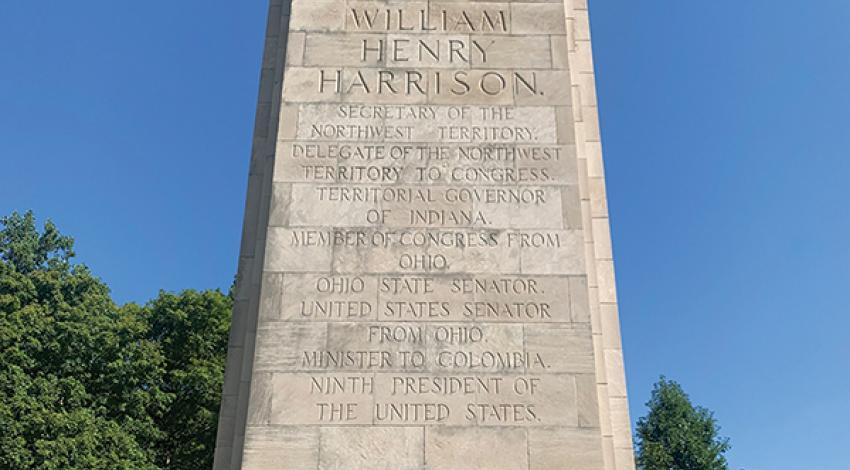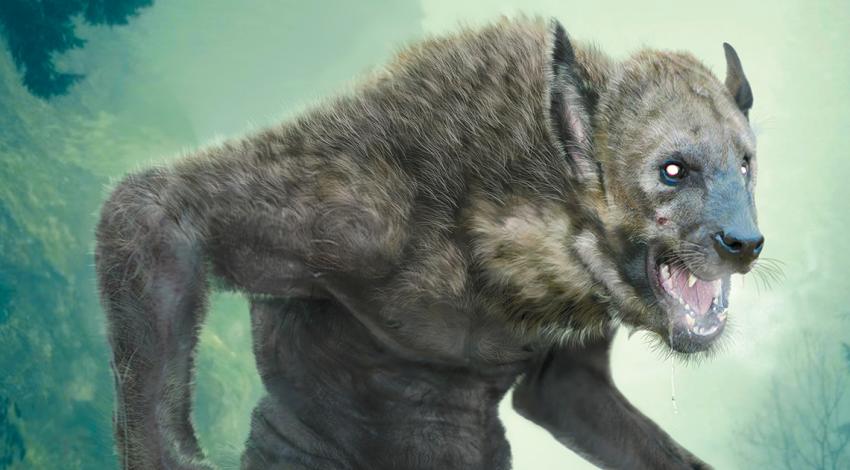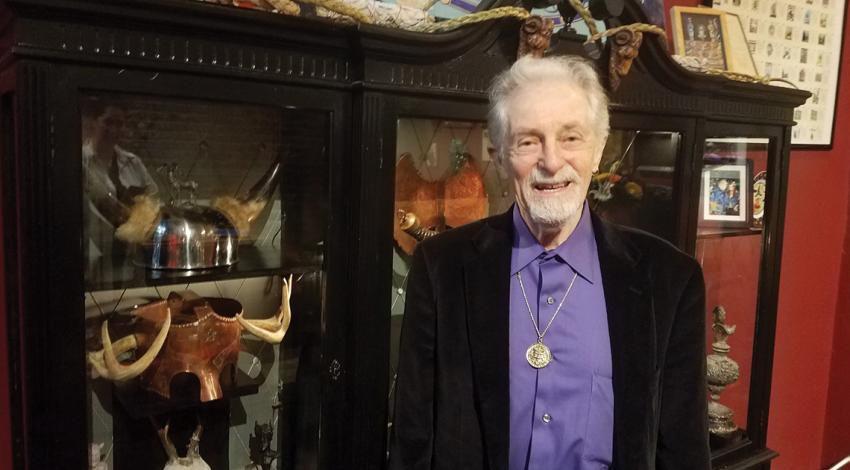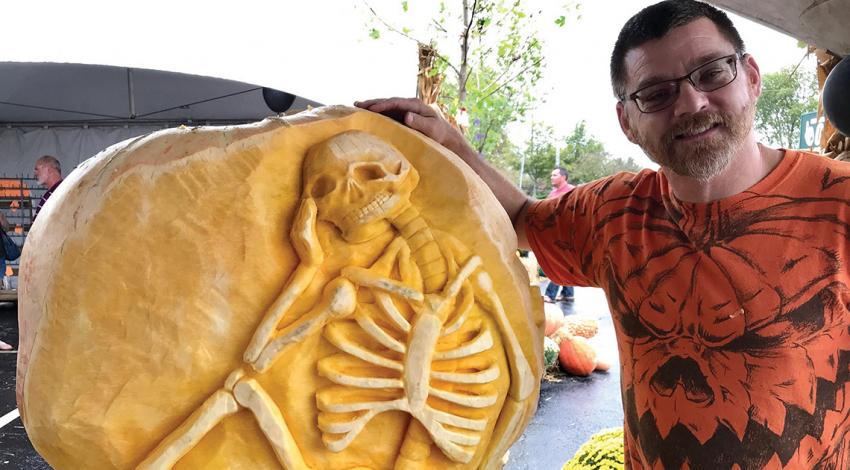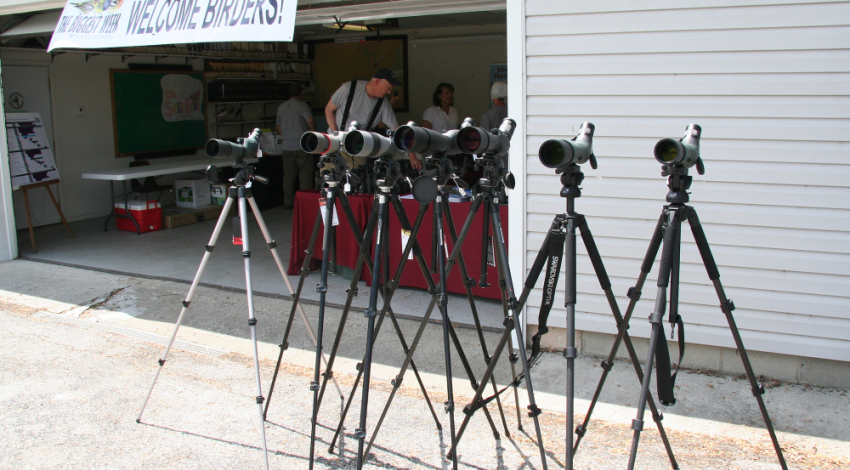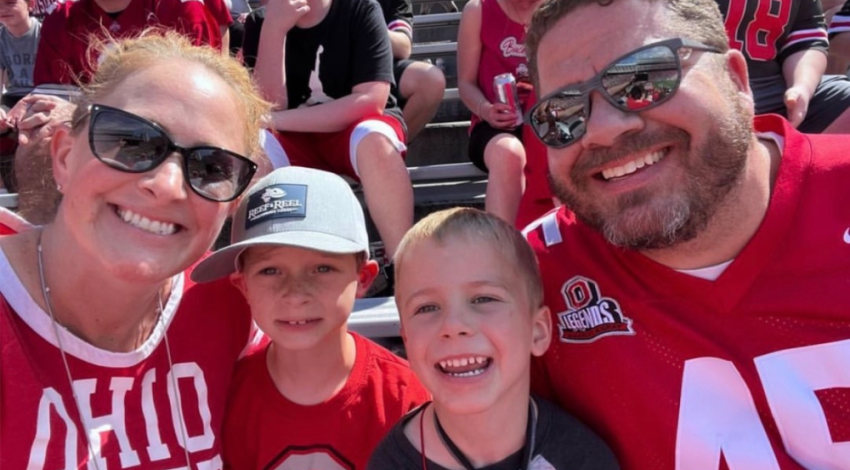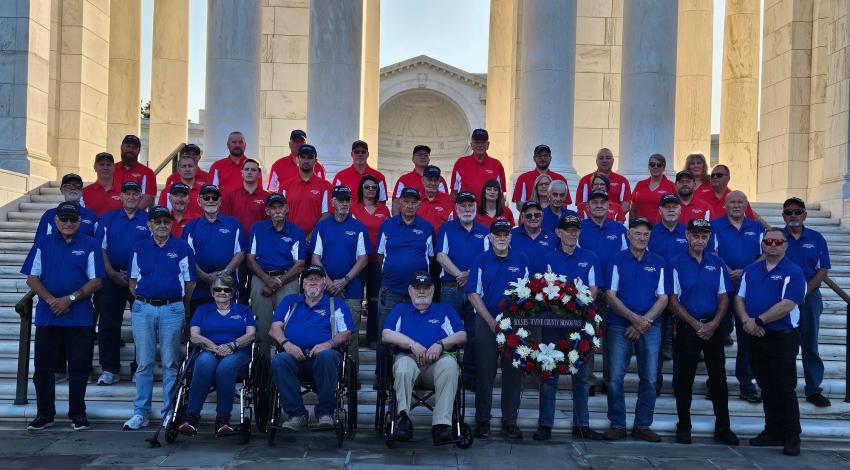What are some lovable wild things, a colorful and very hungry caterpillar, and a big red dog — along with 16,000 of their friends — all doing in Findlay, Ohio?
There, Dan Chudzinski meticulously cares for thousands of works of original art from much-loved books like Where the Wild Things Are; The Very Hungry Caterpillar; Clifford the Big Red Dog series; The Cat in the Hat; Arthur the Aardvark; and many, many more.
“By day, I’m the curator here,” says Chudzinski, who also works as a professional artist. “I look after this amazing collection of children’s-book art and give people a reason to care about the art and experience it firsthand.”
